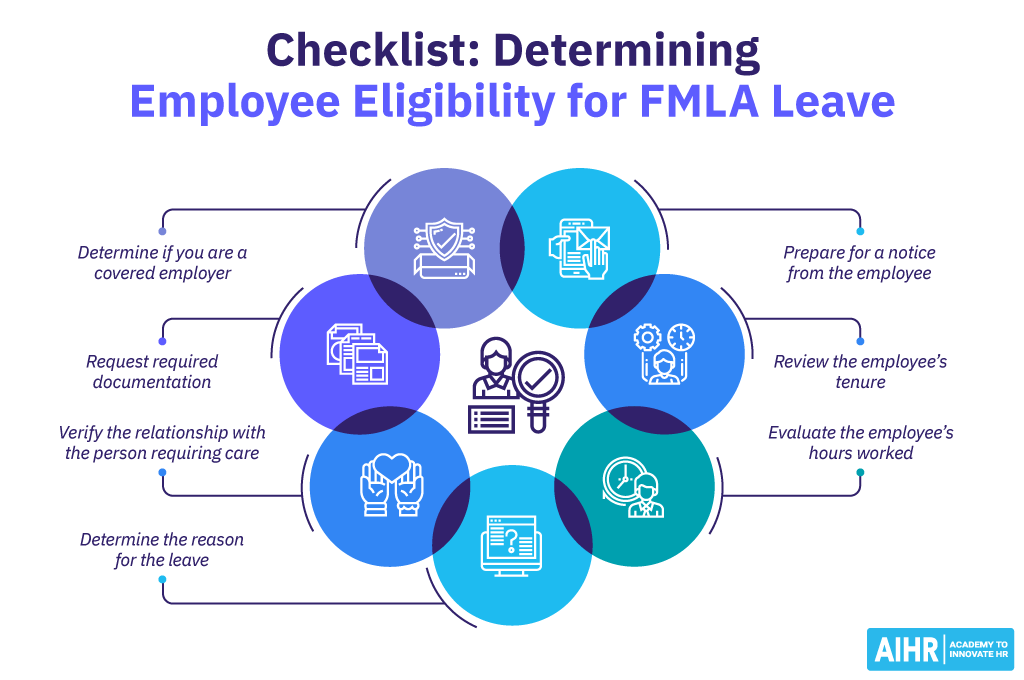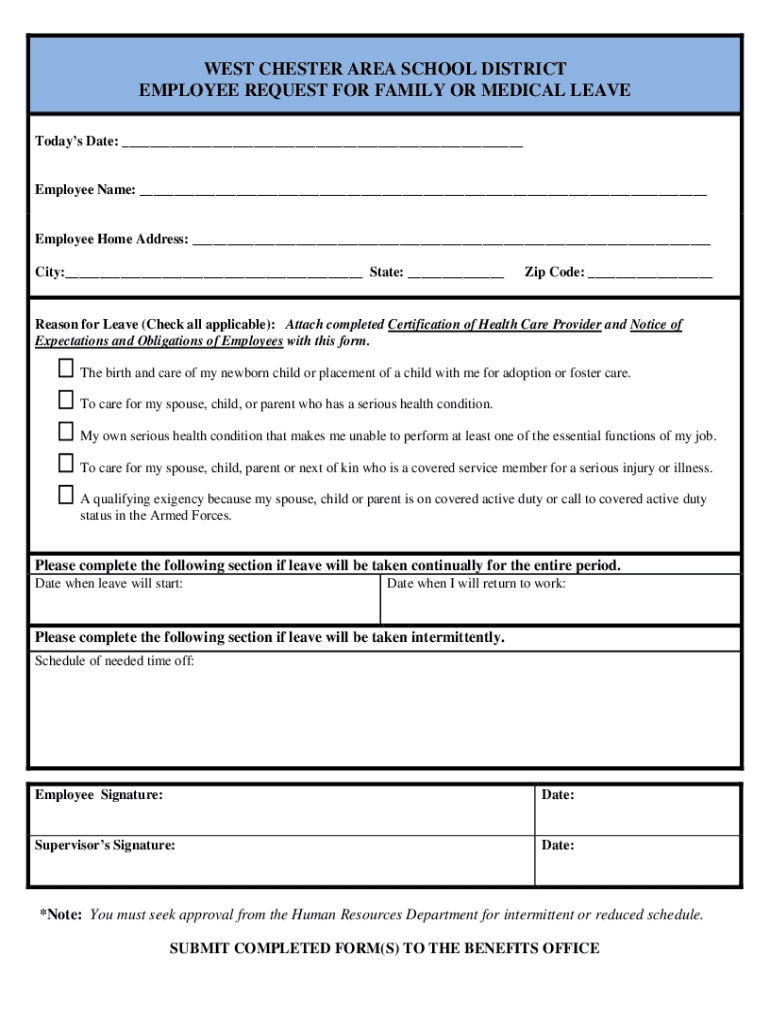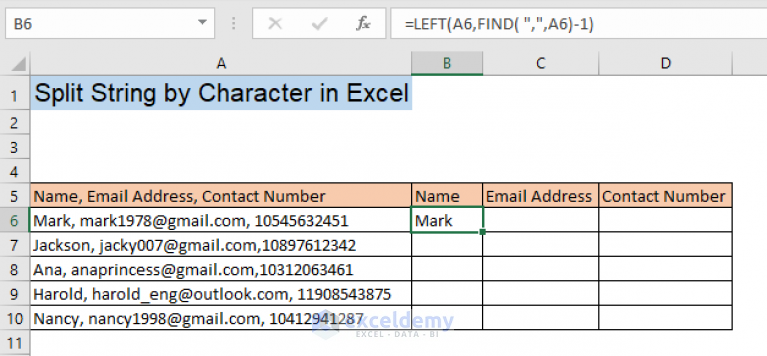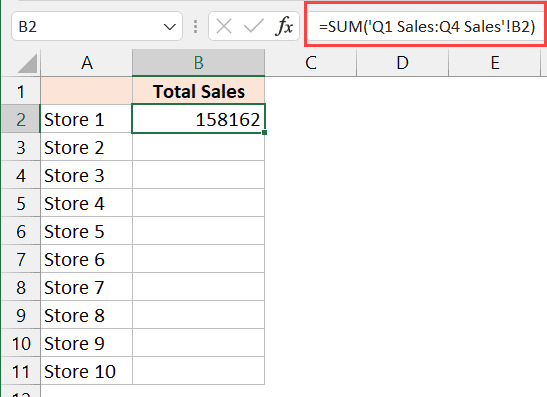Do I Need to Complete FMLA Paperwork?

Understanding the Importance of FMLA

If you’ve recently encountered a situation where you or a family member requires extended time off work due to health-related issues, you might have heard about the Family and Medical Leave Act (FMLA). This federal law in the United States provides eligible employees with up to 12 workweeks of unpaid, job-protected leave during a 12-month period for specified family and medical reasons. But do you really need to fill out FMLA paperwork? Let’s delve into the nuances of this process.
Who Qualifies for FMLA?

Before you can even consider the paperwork, it’s essential to determine if you qualify for FMLA. Here are the key criteria:
- Employment: You must work for a company that employs 50 or more employees within a 75-mile radius of your worksite.
- Duration: You should have worked for that employer for at least 12 months, which do not need to be consecutive. However, you must have worked for the employer for a minimum of 1,250 hours during the previous 12 months.
⏰ Note: The hours requirement can be particularly tricky for part-time employees. Always keep track of your work hours to ensure eligibility.
If these conditions are met, you can proceed with the FMLA paperwork, but it’s worth understanding why you might need to do so.
Why Should You Complete FMLA Paperwork?

Completing FMLA paperwork is not just a formality; it serves several crucial purposes:
Job Protection: FMLA paperwork ensures that your job is protected while you’re away. Upon your return, your employer must reinstate you to the same or an equivalent position with equivalent pay, benefits, and other employment terms.
Continued Benefits: During your leave, your employer must maintain your group health insurance as if you were still actively working. This includes continuing to pay your share of health premiums.
Documentation: The paperwork is the official documentation that you are taking leave under FMLA protections. This can be crucial in avoiding misunderstandings with your employer regarding the reason and terms of your leave.
Clarity: Completing the necessary forms provides clarity to both you and your employer regarding the specifics of your leave, including the start date, expected duration, and any necessary medical documentation.
The FMLA Paperwork Process

The process of obtaining and completing FMLA paperwork can seem daunting, but here’s a step-by-step guide:
Request the Paperwork: First, you need to request FMLA forms from your employer’s HR department. They will provide you with the “Certification of Health Care Provider for Employee’s Serious Health Condition” (WH-380-E) or “Family Member’s Serious Health Condition” (WH-380-F) forms.
Complete Your Portion: Begin by filling out your personal information and any details pertaining to your leave request.
Medical Certification: This part requires your or your family member’s health care provider to certify the medical condition or situation. Ensure you provide enough information to your doctor to enable them to complete the forms accurately.
Submit to Employer: Once your doctor has filled out their part, submit the completed forms back to your HR department.
💡 Note: Be aware that there might be deadlines for submitting this paperwork. If you don't submit it within a reasonable time frame, your leave might not be protected under FMLA.
HR Review: Your employer’s HR will review the forms to confirm that your leave meets FMLA criteria. They may request additional information or clarification if needed.
Notification: Your employer will provide you with a “Designation Notice” (WH-382) indicating if your leave has been approved as FMLA leave.
What Happens After Submitting FMLA Paperwork?

Once the paperwork is in order, the following steps occur:
Leave Begins: Your leave officially begins on the date you specified in your FMLA request, unless circumstances have changed, which would require an amendment to the request.
Periodic Updates: If your leave extends for a prolonged period, you might need to provide periodic updates or recertification from your doctor.
Return to Work: You are entitled to return to your original job or an equivalent one when you’re ready to come back. Ensure you communicate your return-to-work intentions to your employer as needed.
Common Challenges and Solutions

Navigating FMLA can present challenges, here are some common issues and how to address them:
Timing of Requests: Make your request as soon as you become aware of the need for leave. Employers often require notice within 30 days of a foreseeable need for leave.
Inadequate Paperwork: If you submit incomplete or unclear forms, your leave might be delayed or denied. Double-check all fields and ensure your doctor’s section is fully completed.
Confidentiality: Be cautious about the information you share. While your employer can request documentation, sensitive details about your medical condition should be kept confidential.
Conflicts with Other Leaves: If you have other forms of paid leave (like sick leave or vacation), understand how they might interact with FMLA leave. FMLA can be taken concurrently with paid leave in many cases.
👤 Note: Remember, communication with your HR department and health care providers is key to avoiding misunderstandings and ensuring that your rights are upheld.
Understanding the intricacies of FMLA paperwork can make the process of taking leave much smoother. While it might seem like an administrative burden, the protection and benefits it offers can be invaluable during times of need.
As we wrap up our discussion, remember that the goal of FMLA is to provide support and protection for employees dealing with family or medical issues. Ensuring that your paperwork is correctly filled out, submitted on time, and thoroughly reviewed can make a significant difference in how you experience this leave. It’s not just about meeting legal requirements; it’s about safeguarding your job and your financial stability when you need it the most.
Now, let’s address some common questions that arise when considering FMLA leave:
What if I need to take leave frequently due to a chronic condition?

+
Chronic conditions often qualify for intermittent FMLA leave, allowing you to take leave in separate blocks of time or by reducing your work hours. Ensure you provide detailed medical certification to support your intermittent leave request.
Can I be fired while on FMLA leave?

+
Under FMLA, you cannot be fired or demoted for taking FMLA leave. However, if your employer would have made the same employment decision regardless of your leave (e.g., for performance reasons unrelated to leave), they could take action. Always consult with an attorney if you feel your rights are being violated.
How long does my employer have to approve FMLA leave?

+
Employers must respond to FMLA requests within five business days of the request or when the need for leave becomes known. They may seek additional information if the initial certification is incomplete or unclear.



